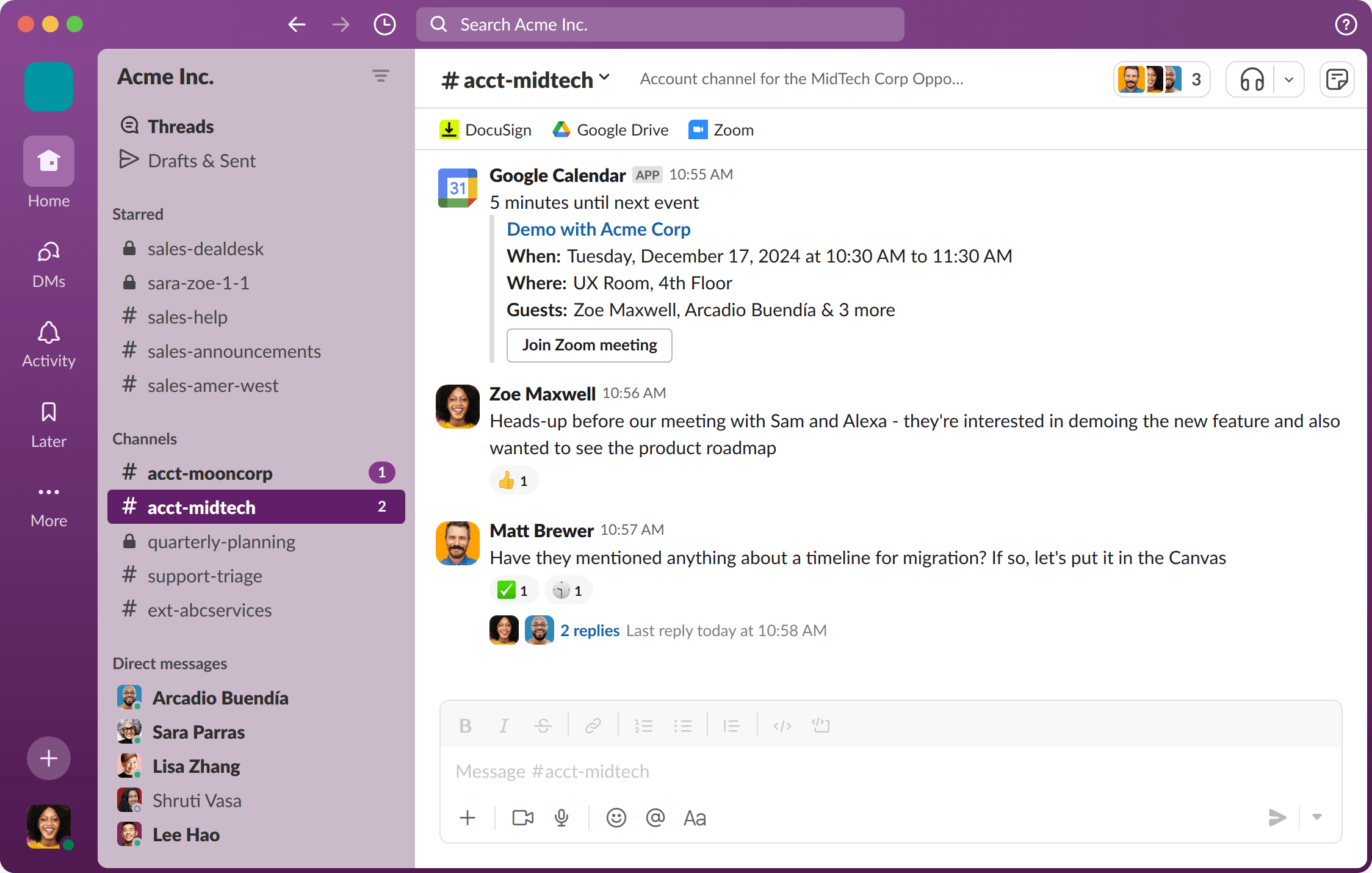
Source: Slack
Ever feel like your HR team is stuck in an endless loop of answering the same questions, re-sharing the same PDFs, or chasing managers for onboarding updates?
You’re not alone.
Remote and hybrid work are here to stay and HR teams are bearing the brunt of it. From onboarding new hires in different time zones to rolling out policy updates no one reads, the traditional HR toolkit just doesn’t cut it anymore.
Here’s the hard truth: most HR teams are still relying on a patchwork of static documents, generic tools, and outdated processes to manage a workforce that now expects speed, clarity, and self-service.
The good news? There’s a better way.
In this post, we’ll break down 6 must have tools that every remote HR team should be using in 2025. These aren’t just popular platforms, we’re talking about real solutions to real HR problems: broken onboarding, inconsistent communication, compliance confusion, and more.
You’ll walk away with:
Let’s get into it.

Source: Slack
Let’s start with the obvious player in every modern workplace: Slack.
It’s more than just a messaging app. It’s the heartbeat of your remote culture. When used right, Slack is where HR can reinforce policies, share updates, and maintain transparency in a way emails simply can’t.
Slack is powerful, but it’s not your knowledge base. Threads get lost, messages go unread, and no one wants to scroll through 400 lines to find the PTO policy.
That’s where the rest of your stack comes in; starting with an AI-powered assistant that makes policy docs searchable and interactive (hint: we’ll cover that next).
Remote HR tools are powerful, but their true impact shows when applied to real workplace challenges. Discover how HR leaders are already leveraging them in our Docustream solutions for HR specialists.
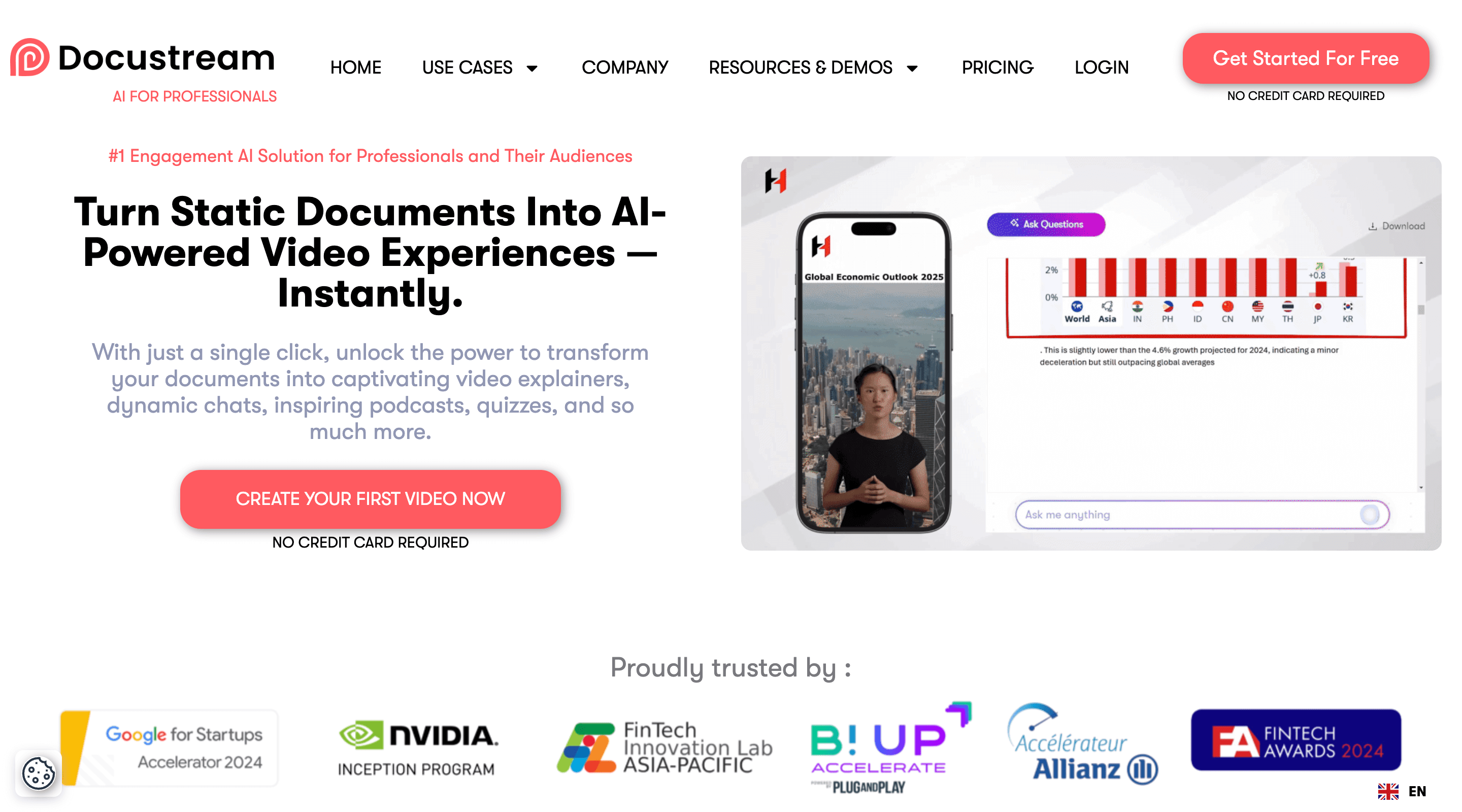
Source: Docustream
Most HR teams are sitting on a goldmine of content: onboarding PDFs, benefits documents, employee handbooks, policy updates. The problem? No one reads them. And when they do, they come back with questions anyway.
That’s exactly what Docustream solves.
Docustream transforms static HR documents into AI-powered explainers that speak, answer questions, and guide employees on demand.
It’s like giving every new hire a personal HR assistant that’s available 24/7.
“We already had an onboarding wiki. But Docustream made it come alive. It answered new hire questions before they even asked.”
Docustream is just as useful for rolling out new policies, updating remote work protocols, or turning DEI initiatives into engaging, explorable formats.
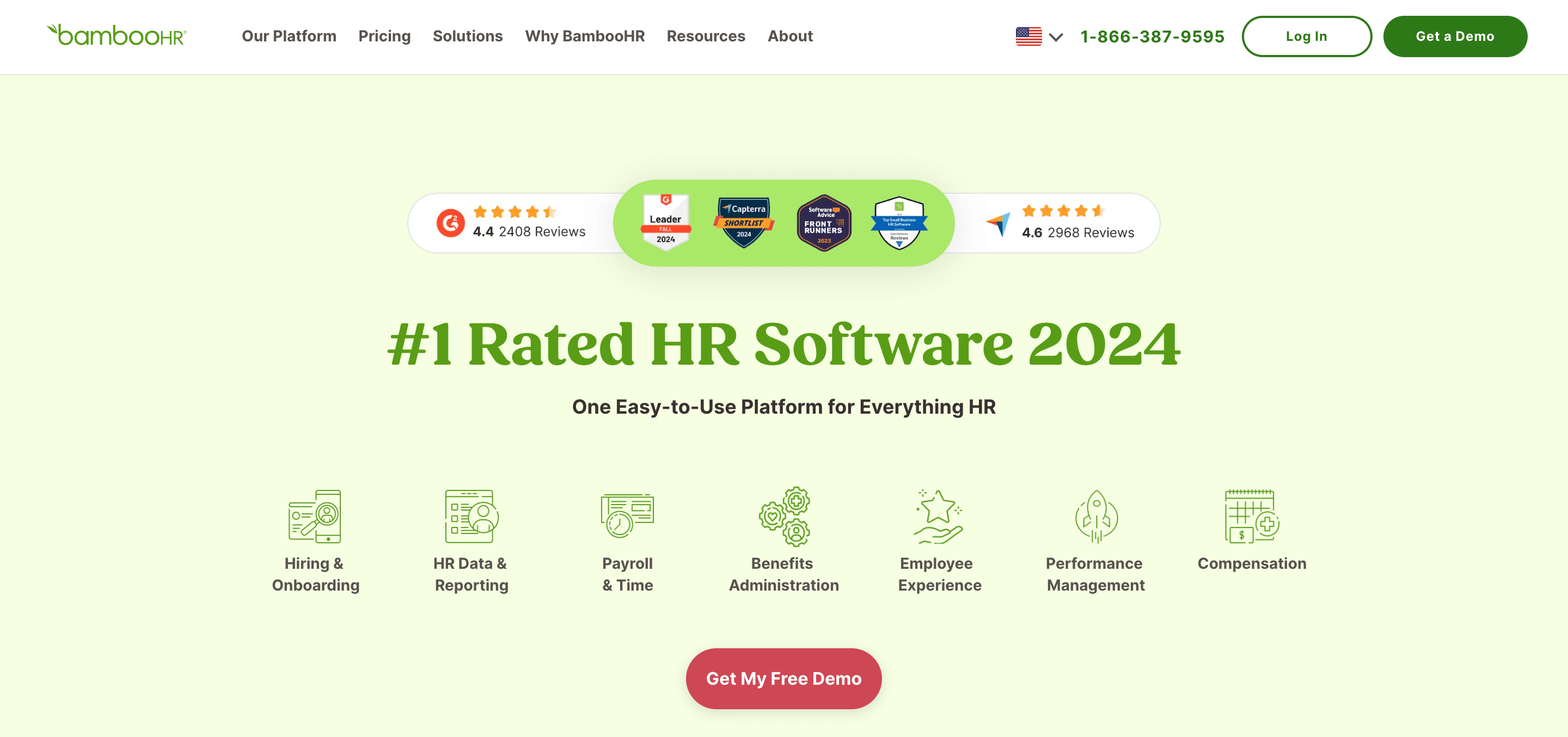
Source: Bamboo HR
Every remote HR stack needs a solid foundation, and BambooHR is often the go-to.
From managing employee records to handling time-off requests, BambooHR functions as the digital backbone of your HR operations. But where it really shines is in giving remote teams a single source of truth.
While BambooHR excels at data and workflows, it doesn’t help with content engagement. You can store policies there, but they’re still static files.
That’s why pairing it with Docustream creates a best-of-both-worlds setup: BambooHR for the data, Docustream for the experience.
Imagine: a new hire logs into BambooHR, views the handbook, and instantly gets a walkthrough with voice guidance, search, and real-time Q&A; no more support tickets.
While remote HR tools streamline operations, they also play a big role in easing employee transitions. A good example is tackling first-week challenges seen in onboarding flow and first-week anxiety.
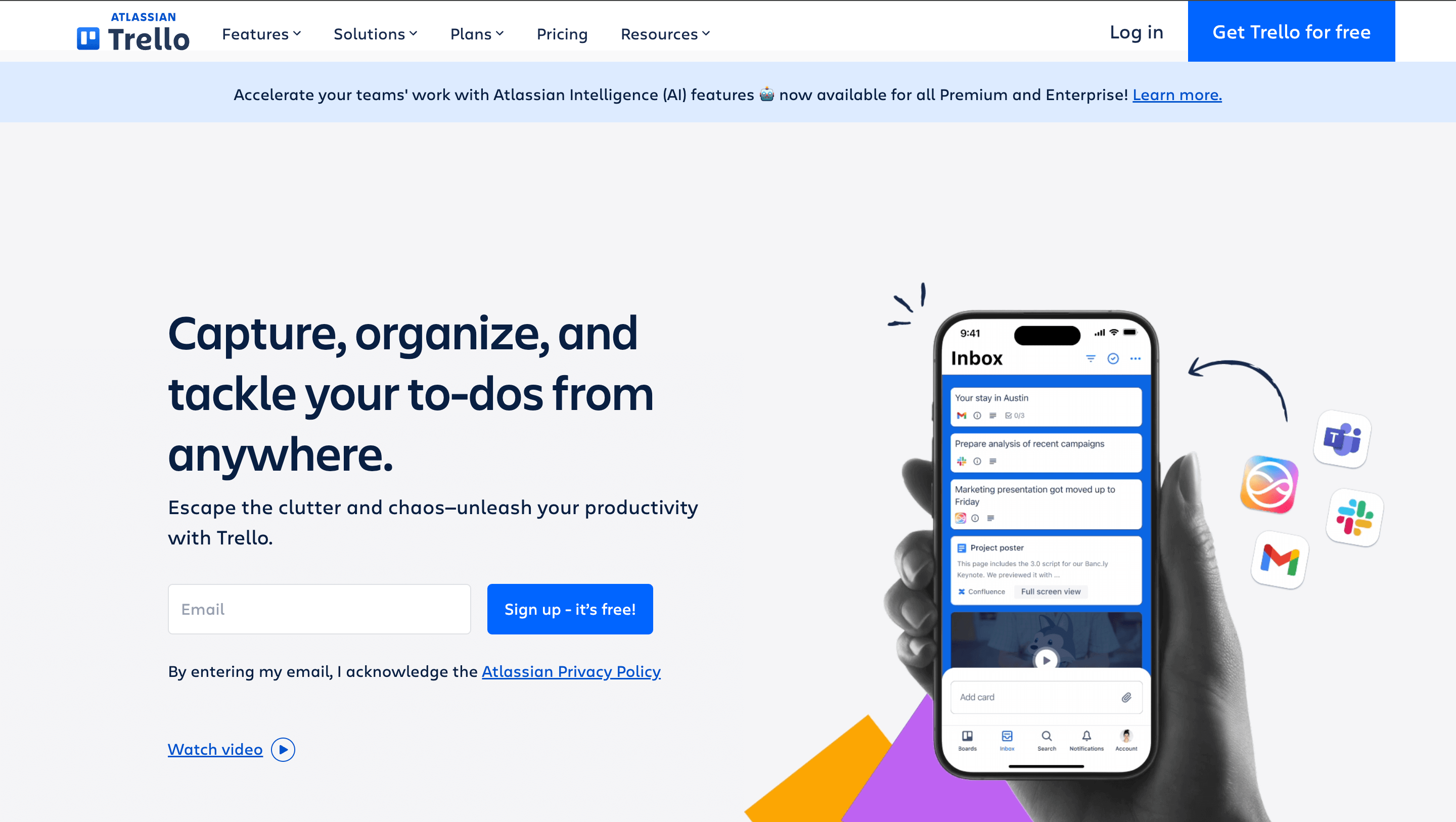
Source: Trello
Let’s face it: onboarding and HR processes often fall apart in the handoff.
A new hire joins, but no one knows if IT set up their access, if the benefits doc was sent, or if their first-week tasks are actually being completed. That’s where Trello and Asana come in.
These project management tools turn messy HR workflows into structured, repeatable checklists.
You can link out to Docustream explainers directly in your Trello cards or Asana tasks. So when a task says “Read company handbook,” the employee isn’t just opening a PDF, they’re getting an interactive walkthrough with Q&A.
Together, Trello/Asana and Docustream automate onboarding while making it feel human.
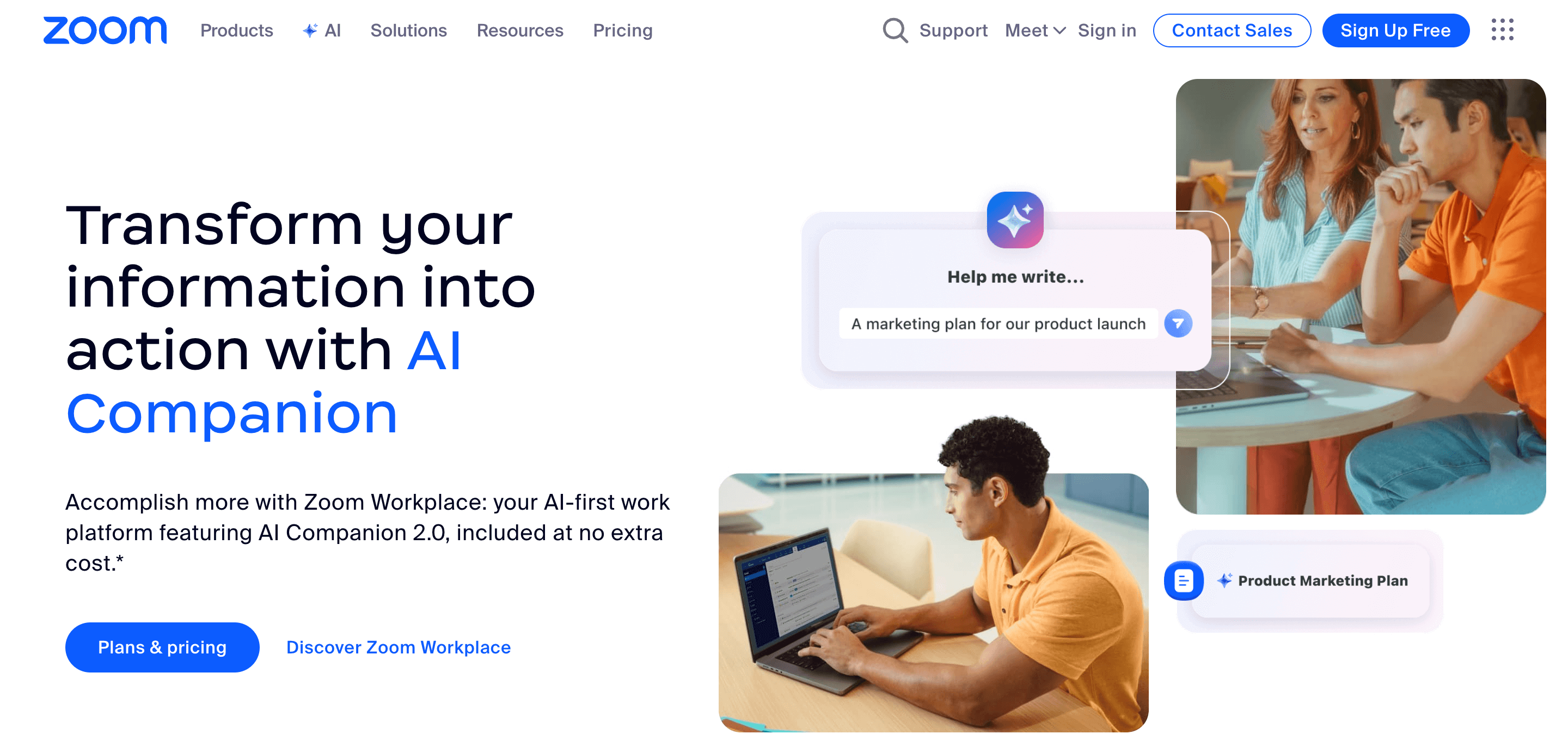
Source: Zoom
Live interaction still matters; especially when it comes to hiring, onboarding, and ongoing team engagement.
Whether you’re running final-round interviews, hosting orientation sessions, or facilitating leadership training, Zoom and Microsoft Teams are the go-to platforms for real-time connection in remote-first companies.
Live sessions are great but once the call ends, the information often disappears. Employees miss parts, forget what was said, or need clarification a week later.
Here’s where Docustream changes the game:
Beyond daily operations, remote HR tools can also boost engagement and long-term performance. See how they tie into measurable success in HR interactive training ROI.
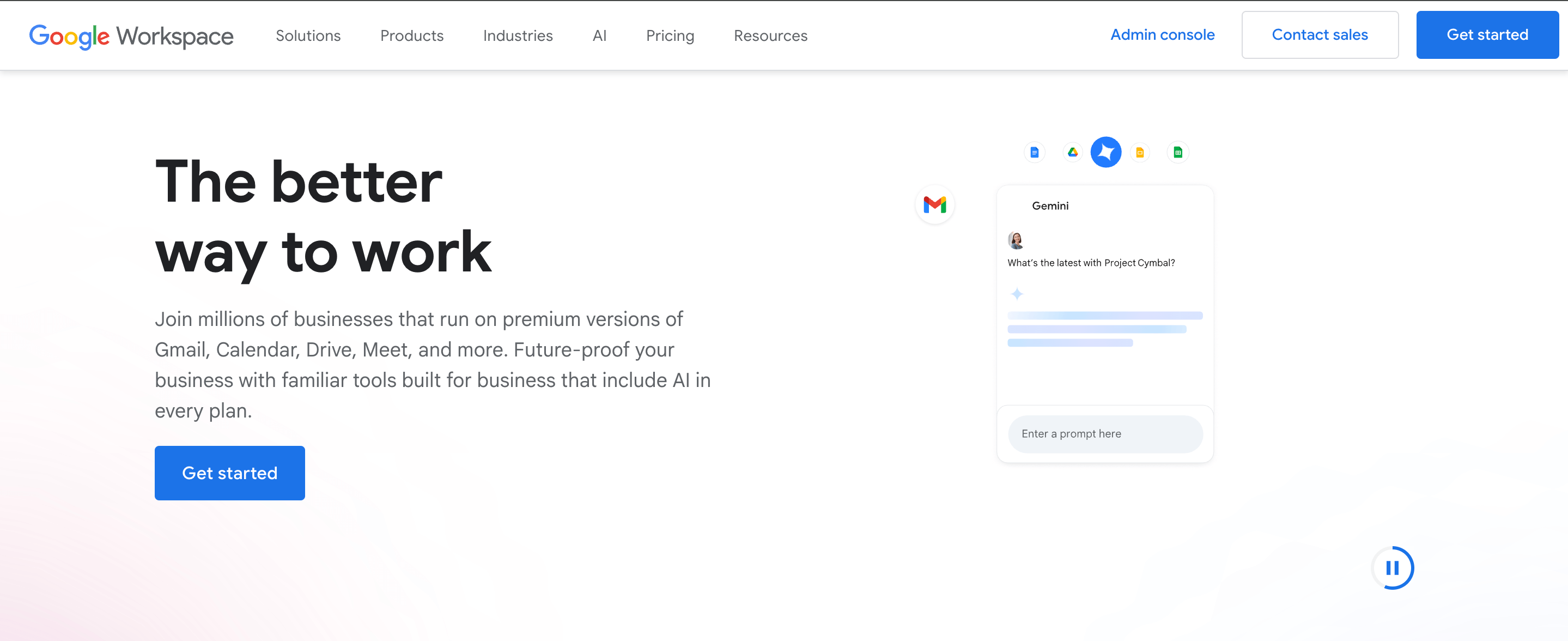
Source: Google Workspace
If your HR team isn’t already living in Google Workspace, you’re likely at least visiting often. From offer letters in Google Docs to onboarding trackers in Sheets, Workspace remains a remote HR staple.
It’s the natural place to organize, document, and collaborate; especially when teams are spread across time zones.
Google Workspace is the perfect place to store HR content but it doesn’t make it engaging or explorable.
That’s where the magic happens with Docustream:
Google Workspace is your document backbone. Docustream is the intelligence layer.
Together, they deliver both structure and experience; perfect for scaling HR in a remote-first world.
Each of the six tools we’ve covered solves a key problem for remote HR teams. But their real power is unlocked when they work as a connected ecosystem.
Imagine this workflow:
Each tool plays a part. And Docustream connects them all, making your static content smarter, your workflows more autonomous, and your employees more self-sufficient.
Remote work isn’t just a trend anymore, it’s the new baseline. But most HR teams are still trying to keep up using outdated workflows and static documents.
The truth is, tools alone won’t fix your remote onboarding or stop the flood of repetitive questions.
What will?
Tools that talk to each other. Tools that automate, explain, and adapt. Tools that give employees what they need before they even ask.
That’s the difference between a remote HR team that’s barely surviving, and one that’s scaling smoothly.
Docustream isn’t just another tool. It makes the rest of your stack smarter. And for remote HR teams, that’s the competitive edge that scales.
Slack, BambooHR, Trello, Google Workspace, Zoom, and Docustream form a solid and scalable remote HR tech stack.
It turns HR docs like policies and onboarding guides into interactive explainers with voice, search, and Q&A.
Use Trello for structure and Docustream for delivering the actual experience.
It’s a great HRIS, but not an engagement tool. Pair it with Docustream to bring onboarding materials to life.
Create a Docustream version of your HR policy doc and let employees ask questions directly in it.
Yes, but they’re static. With Docustream, those same Docs become interactive, searchable, and voice-enabled.
Both work. Zoom is more universal, Teams is better for Microsoft-heavy orgs. The real value comes when you repurpose sessions via Docustream.
Docustream. It connects all your docs and platforms, and saves HR teams hours every week.